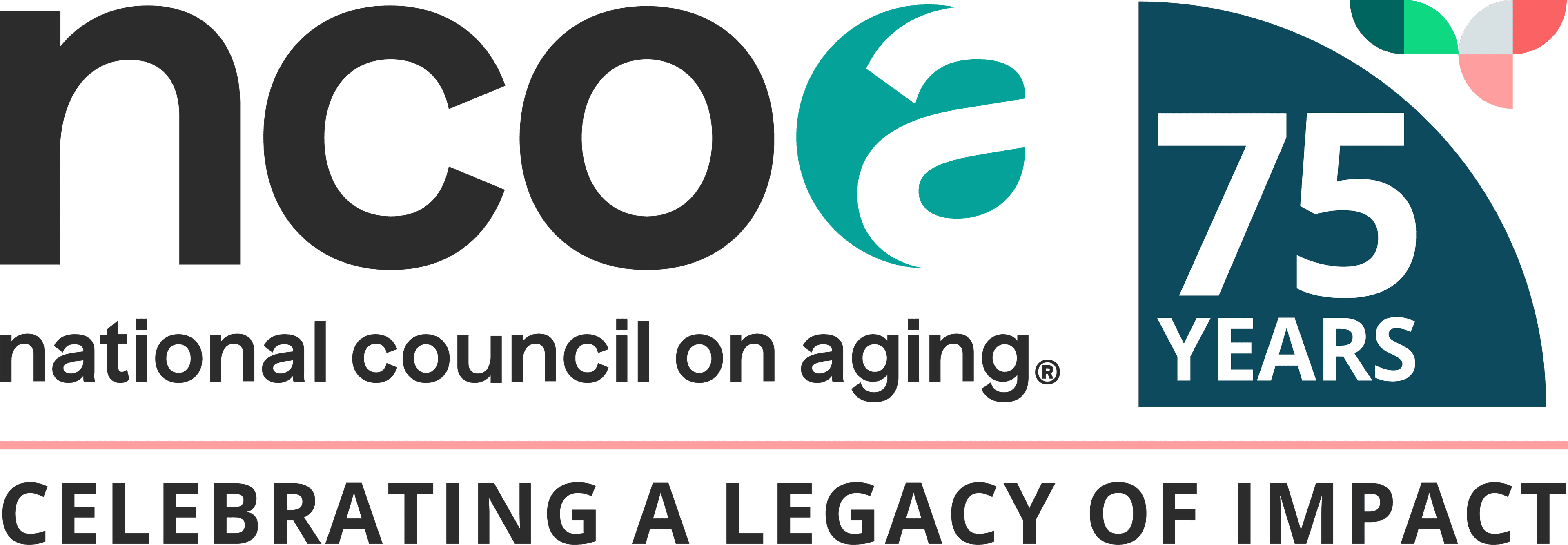
Related Topics
Recognizing when substance use becomes a problem isn’t always clear—especially with alcohol, the most commonly used substance and a fixture in many social settings. If you’re worried about your own use or that of someone you care about, this guide explains who can diagnose a substance disorder, the different types that exist, and how to connect with treatment.
What is substance abuse?
Substance abuse refers to the harmful or hazardous use of substances like alcohol, drugs, or prescription medications. It involves using these substances in ways that cause physical, emotional, or social problems. This can include consuming more than intended, struggling to control use, or continuing despite negative consequences. Over time, substance abuse can lead to changes in brain function, making it harder to stop without professional help. Understanding substance abuse is the first step toward recognizing when use has become a disorder that requires treatment.
Who can diagnosis a substance disorder?
A licensed professional such as a psychiatrist, psychologist, licensed counselor or clinical social worker can diagnose a substance disorder using criteria found in the Diagnostic and Statistical Manual of Mental Disorders, fifth edition, text revision (DSM V-TR).1 To help them better understand someone’s use they may use assessment such as the Tobacco, Alcohol, Prescription medication, and other Substance Use (TAPS)2, CRAFFT (Car, Relax, Alone, Forget, Family/Friends, Trouble)3, or Drug Abuse Screen Test (DAST)4.
What’s the difference between substance use disorders and substance-induced disorders?
You may think these terms can be used interchangeably. However, they are two distinctly different diagnoses and understanding each is critical to determining the right type(s) of treatment.
- Substance use disorder: According to the DSM V-TR a substance use disorder includes cognitive, behavioral and physiological symptoms. A key trait of a substance use disorder is that the person continues to use the substance despite experiencing significant problems from their use. Additionally, substance use can change how the brain functions. These changes can persist long after they stop using the substance.
- Substance-induced disorder: Substance-induced disorders include intoxication, withdrawal, and substance-induced mental disorders such as psychotic disorder or depressive disorder.
What substances can lead to a use or induced disorder?
There are 10 different classes of drugs identified in the DSM including alcohol, caffeine, cannabis, hallucinogens, inhalants, opioids, sedatives, hypnotics, stimulants, and tobacco. Each activates the reward center of the brain in some way causing what some refer to as a “high” or intense pleasure.
Substance Use Diagnostic Criteria
When someone is diagnosed with a substance use disorder the diagnosis is made based on the substance of use. It is possible for someone to be diagnosed with a use disorder for multiple substances, also known as polysubstance use. The following criteria may relate to alcohol, cannabis, phencyclidine (PCP) or other hallucinogens, inhalants, opioids, sedatives, hypnotics or anxiolytics (i.e. Xanax, Valium), stimulants (i.e., cocaine), tobacco or other unknown substances.
To be diagnosed with a substance use disorder the individual must have at least two or more of the following within 12 months.5
- Using more of the substance for a longer period than intended.
- Intense desire or need to use the substance.
- Unsuccessful attempts to cut back or manage use.
- Spending significant amounts of time on activities associated with use such as obtaining, using, and recovering from the effects of use.
- Unable to manage responsibilities.
- Continued use despite relationship problems the use may cause.
- Continued use despite physical or mental problems that are either caused by or made worse by the substance.
- No longer participating in social, work, or person activities because of use.
- Developing a tolerance or needing more of the substance to get the same effect.
- Withdrawal symptoms.
Intoxication Diagnostic Criteria
The symptoms of intoxication are likely familiar to most people. These symptoms are reversable and occur following the use of the drug.
Each drug will have different symptoms which may include:
- Slurred speech
- Mood changes
- Impaired judgement
- Unsteady on feet
- Numbness
- Sweating, increased heart rate
These symptoms are unrelated to other medical or mental health conditions and resolve when the substance is no longer used and in the persons system.
Withdrawal Diagnostic Criteria
Withdrawal occurs when someone abruptly reduces or stops using the drug of choice.
During withdrawal someone may experience the following:
- Agitation or restlessness
- Nausea or vomiting
- Unable to concentrate
- Seizures
- Insomnia
Not all drugs cause withdrawal symptoms when a person stops using them. However, it’s important to note that some drugs, in particularly alcohol, can cause severe symptoms or even death if not managed properly.6
What are the three severity levels of a disorder?
The number of diagnostic symptoms present indicate the severity of the person’s disorder ranging from mild to severe. According to the DSM V-TR the severity can range from:
- Mild: 2 – 3 symptoms present
- Moderate: 4 – 5 symptoms present
- Severe: 6 or more symptoms present
I’m concerned about myself or someone I care about, what do I do now?
If you’re concerned about yourself or someone you care about you can find local treatment resources at FindTreatment.gov.
Treatment options may vary depending on the person, substance, and available resources. These may include in-patient rehabilitation, intensive outpatient treatment, therapy, self-help groups, including evidence-based programs like SBIRT (Screening, Brief Intervention and Referral to Treatment)7, and/or medication management. 8,9
Sources
1. American Psychiatric Association. Diagnostic and statistical manual of mental disorders (5th ed., text rev.). March 2022.
2. Tobacco, Alcohol, Prescription medication, and Other Substance use Tool. Found on the internet at https://nida.nih.gov/taps2/
3. CRAFFT 2.1 Screening Interview. Found on the internet at https://crafft.org/get-the-crafft/
4. Drug Abuse Screening Test (DAST10). Found on the internet at https://gwep.usc.edu/wp-content/uploads/2019/11/DAST-10-drug-abuse-screening-test.pdf
5. American Psychiatric Association. Diagnostic and statistical manual of mental disorders (5th ed., text rev.). March 2022.
6. Alcohol Withdrawal Syndrome. StatPearls. February 14, 2024. Found on the internet at https://www.ncbi.nlm.nih.gov/books/NBK441882/
7. Substance Abuse and Mental Health Services Administration (SAMHSA). Behavioral Health among Older Adults: Results from the 2021 and 2022 National Surveys on Drug Use and Health. May 2024. Found on the internet at https://www.samhsa.gov/data/sites/default/files/reports/rpt45341/2022-nsduh-older-adult-info.pdf
8. Centers for Disease Control and Prevention (CDC) Treatment of substance use disorders. April 25, 2024. Found on the internet at https://www.cdc.gov/overdose-prevention/treatment/index.html
9. Cleveland Clinic. Substance Use Disorder (SUD). November 19, 2024. Found on the internet at https://my.clevelandclinic.org/health/diseases/16652-drug-addiction-substance-use-disorder-sud




